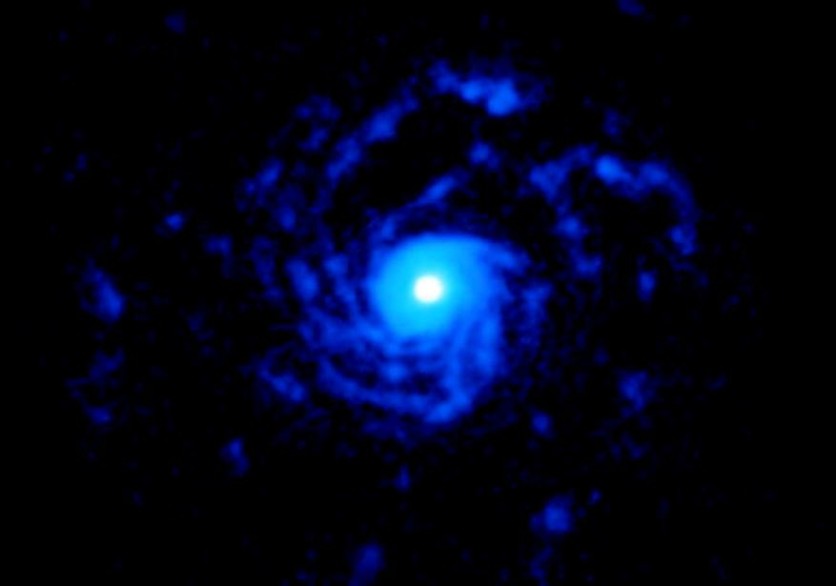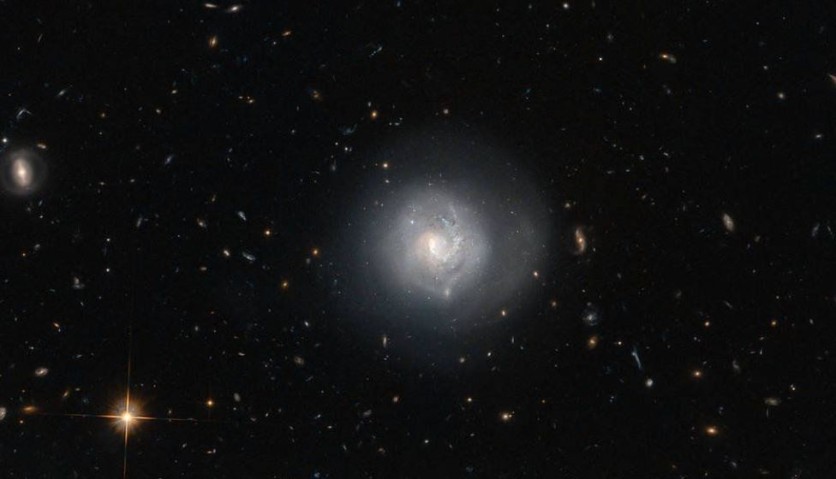Astronomers recently discovered a strange young star that has spiral structures extending out 1,000X the distance of Sun and Earth. According to the latest Independent UK's report, the researchers claimed that the new discovery could help provide further information explaining how planets were formed in the outer space.

'Mysterious spiral structures' found extending out of strange star https://t.co/sBombsXdAB pic.twitter.com/vFb2oOLkBI — Jamie Gray (@jamiegray) August 3, 2020
The identified complex set of spiral arms extending out of the star was described to reach 1,000 times the distance between the Sun and the Earth. The young variable star which the unexplained spirals came from is known as "RU Lupi." This young star is also called "planet factory" since many researchers believed it could produce new planets or worlds.
Most of the captured images of the planet-forming space structures show that they are an elegant collection of dust and gas. The gaps and rings that can be seen in the photos suggest that new planets are formed there.
Also Read : Astronomers Claim UV Light Might Solve Mysterious Stellar Explosions, Including White Dwarf Eruptions
RU Lupi's first images also showed the same dust collection and relatively neat organization structures, led the scientists to believe that it can also produce new worlds.
Are you also curious about how the space formed? Check the space news here at TechTimes. Also, you might want to check how researchers used a learning machine to discover a new galaxy with the record-breaking low oxygen abundance.
Also Read : Researchers Used Machine and Discovered New Galaxy with the Record-Breaking Low Oxygen Abundance
However, unlike other planet-forming discs, the new studies of the gas surrounding the young star revealed that its process of forming new planets is much more complicated than previously thought. It also showed that the complex web of gas looks something like a miniature galaxy, astronomers claimed.
Why the astronomers focused on the gas collection instead of the dust
Because of the hints of CO or carbon monoxide extending beyond the space discs, the scientists were thrilled to look at the gas collection rather than the dust. After they observed the captured images of RU Lupi, they saw that the spiraling structures of gas-forming, which makes up much more of the protoplanetary compare to the dust collection.

#Space: lenticular #galaxy Mrk 820, with hints of a #spiral structurehttps://t.co/ZQmlAMdvHO via @NASA pic.twitter.com/qM8Whhj8GF — Maxime Duprez (@maximaxoo) December 9, 2017
"We discovered a complex set of spiral arms in carbon monoxide (CO) emission extending to nearly 1,000 astronomical units from the young star RU Lup," said the lead researcher of the study, Jane Huang.
"Which has previously been found to exhibit signs of ongoing planet formation via concentric dust gaps in its protoplanetary disk," added Jane.
She also explained that the CO emission revealed the planet-formation environment's complex structure, which is invisible when they observed the dust formation alone. The astronomers explained that the new study helped them find a much messier planet-forming environment than the previously recorded images.
"The planet-forming environment can be much more complex and chaotic than implied by the numerous," said Huang.
For more exciting new space discoveries, always keep your tabs open here at TechTimes.
Read also: Also Read: Google Maps' Mysterious Objects and Strange Settings Got Social Media Freaking Out
This article is owned by TechTimes.
Written by: Giuliano de Leon.
ⓒ 2025 TECHTIMES.com All rights reserved. Do not reproduce without permission.




